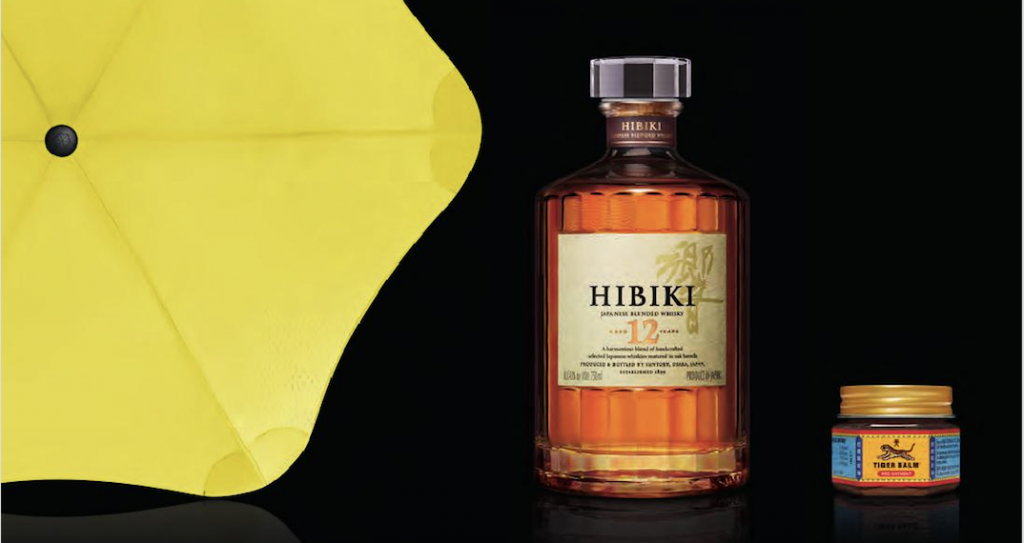
Champions of Asian Design: What does the future hold for homegrown Asian brands?
For the last four years, JKR has published a series of books that celebrate brands that use design for competitive advantage. Each book identifies examples of great design ideas, the people who created them, and the clients that bought them.

This year, we have focused exclusively on Asia. Champions of Design 4 places homegrown brands from India to Australia and China to Singapore in the spotlight.
So, what makes an Asian Champion of Design? Is there an Asian design aesthetic, and if so what are its characteristics? What conclusions can be drawn from these 20 case studies?
The short answer, of course, is that there is no ‘Asian aesthetic’. Asia is a culturally diverse and economically divided collection of countries that happen to sit next to each other on the world map. Nevertheless, we can make a few broad observations about how design is used within the context of branding.
A ‘Champion of Design’, as we define it, is a brand that has a design spirit or idea that is distinctive and charismatic, and that is applied with skill, inventiveness, consistency or wit.
Alas, finding convincing examples from this broad region is disappointingly challenging. Sure, we could look to Asian brands that have grown through canny business strategy (Alibaba, Huawei), ‘fast following’ (Samsung) product differentiators or great advertising. But visual creativity? That seems in rather short supply. In short, Asia has plenty of brands with success stories, but only a handful that have embraced design as a credible part of the marketing mix. Why?
Perhaps it’s because many Asian economies are only now emerging from years of cultural and economic suppression (China, Cambodia, Myanmar) political upheaval (Indonesia) or isolationism (India). Perhaps it’s because branding is relatively young, and design even younger—an intangible, elusive medium that’s not on most business school curricula in Western Europe, let alone on the radar of family-owned businesses in emerging economies.
The exception, of course, is Japan. Champions of Design 4 features six Japanese case studies, and could easily have included many more. Japan boasts some of the most unique, considered and well crafted brands not just in Asia, but the world. There is clearly something in the Japanese world-view and in its cultural inheritance that is a potent force for creativity.
But what about the rest of Asia? China is emerging from its love affair with Western brands to rediscover its own cultural heritage in brands like Shang Xia, Feiyue and Shanghai Tang, whilst it is also embracing product design innovation in the tech sphere, with the populace buying more Xiaomi phones this year than Samsungs. There are success stories in FMCG that stem from long established icons that continue to be sensitively evolved—Singapore’s Ayam brand and Tiger Balm, or Thailand’s Red Bull. And there are new brands, born out of a mixture of entrepreneurial flair and design sensitivity—take TWG Tea or Blunt Umbrellas for example. There is a lot to be celebrated in all of these.
So what does the future hold for Asian design? I believe that in the next decade, we can count on Asia to give us stories of business success through design. As Asian economies mature, the retail sector will become ever more sophisticated, renewing pressure on brands to raise their game against the threat of own-label dominance. And as Asian consumers continue to travel, they will become ever more sophisticated, ever more demanding and perhaps ever more appreciative of the rich cultural legacies at home that could become the seed for charismatic branding when they return.
Here’s to the next 20 Asian Champions of Design.
Read more at: https://www.campaignasia.com/article/champions-of-design-4-what-does-the-future-hold-for-homegrown-asian-brands/392937